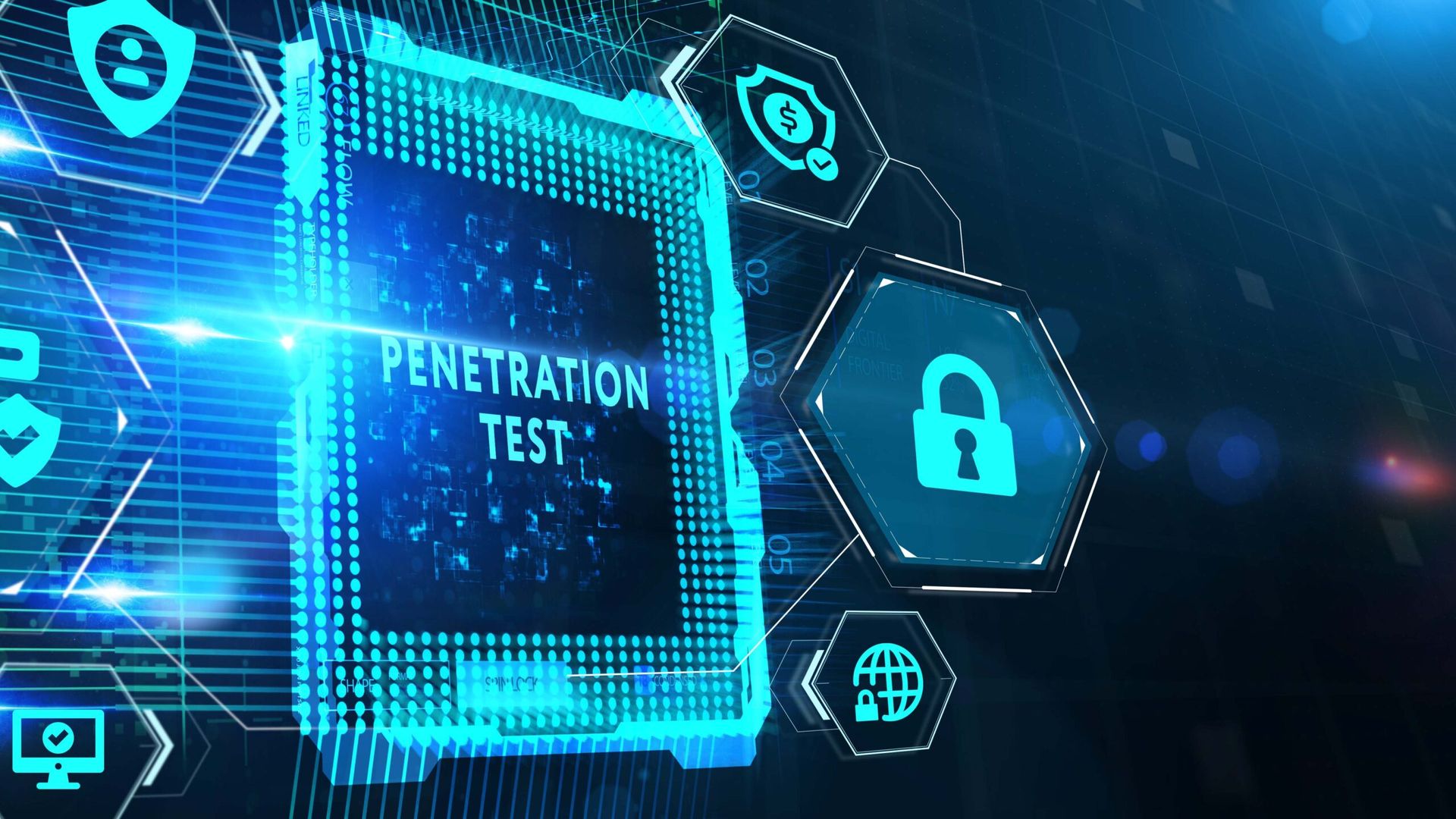Is your MSSP or MSP ready to meet the cybersecurity challenges to come in 2024? Are you ready to defend your customers at the endpoint and beyond?
What are the new trends on the horizon your company should watch for as we enter 2024?
In our coverage of the managed security service provider market over the last year, MSSP Alert has been paying attention to the evolution of the threat landscape and the trends that will shape the year ahead in cybersecurity. Here's a list of predictions for 2024, listed in no particular order because they are all important. (Watch for a separate list around AI trends in cybersecurity.)
U.S. SEC Adopts Cybersecrity Breach Reporting Rules
The new U.S. Security and Exchange Commission (SEC) rules that went into effect in December requires registrants to report a security incident in an 8-K document within four business days of the occurrence and also to disclose on an annual basis “material” information regarding their cybersecurity risk management, strategy and governance to better inform investors. Before this regulation there had been no federal breach disclosure law that explicitly standardized the particulars. The European Union also adopted new cybersecurity reporting requirements. For more on the impact to MSSPs and MSPs, read our recent coverage. These new reporting requirements will have a major impact on transparency in how organizations develop and execute their cybersecurity strategies, and MSSPs and MSPs will be integral in ensuring the strategy and reported activities are carried out properly.
Rise of Deep Fakes and Disinformation and its Impact on Elections
The concept of truth and trust in the electoral process has permeated the American political landscape since 2020 and may only continue to proliferate in 2024, a U.S. presidential election year. Generative AI will likely be used to spread disinformation, with bots and bot farms contributing to divisiveness. Misleading or false content, including quotes, memes and digitally altered videos and images, will invade the public discourse. While MSSPs and MSPs may not play a part in the effort to stem deep fakes, MSSPs and MSPs may assist by helping in other ways such as assuring public trust of voting systems. Implementing cybersecurity measures could deter attacks and threats toward election workers, candidates and their supporters.
Passwordless Authentication: Key to the Future
Individuals use so many passwords today that it’s given rise to an entire segment of cybersecurity and a favored attack vector. Despite advancements in passwordless authentication, password management is an area of security technology that is in desperate need of improvement. MSSPs and MSPs have a role to play on the password and secure authentication front. In 2024, experts believe we will see more methods of identity management and authentication that do not depend on passwords, with the adoption of passkeys and other forms of multi-factor authentication. Passkey adoption, in addition to biometrics, hardware tokens and public-key cryptography, will replace or supplement passwords. Implementation of these technologies to counter phishing and social engineering — especially in healthcare and financial services, which are often targets of credential theft — will continue to gain momentum in the coming year.
Evolution of Talent Strategies
While the cybersecurity workforce continues to grow, the number of cybersecurity job vacancies has been growing even faster, according to the most recent report from ISC2. The organization estimates the size of the global cybersecurity workforce at 4.4 million, an increase of 9% from 2022 and the highest ever recorded. However, the global workforce gap has grown even faster. It grew by 13% from 2022. ISC2 said that means that in 2023 there are roughly 4 million cybersecurity professionals needed worldwide.
The gap marks an opportunity for MSSPs and MSPs who are poised to help organizations fill their cybersecurity needs on an outsourced basis. But to do that, MSSPs must hire their own cybersecurity pros. MSSPs need to build their own cybersecurity workforces. We see the trend to attract and retain talent as a three-pronged attack: grow your own talent; form partnerships with educational institutions and organizations that will help win the war for talent; and build long-term loyalty in your workforce. For example, Stellar Cyber and Blackpoint Cyber have actually launched their own “university,” and we expect more security-focused organizations to follow suit in 2024. For a deeper dive on the talent topic, read MSSP Alert’s in-depth reporting: How MSSPs and MSPs Can Develop a Skilled Workforce and Attract and Retain Talent, and its companion story on where to find courses and certifications.
Rise of the CISO Role: Trustee of Risk
As cyberattacks continue, the role of an organization’s chief information security officer (CISO) will become more prominent in the C-suite and the board room. In addition, new SEC reporting regulations may expose companies to fines if they don’t follow the rules. In some cases, MSSPs and MSPs can assist here by serving as virtual CISOs while helping companies craft security strategies. Driving into 2024, the CISO role will continue to expand beyond an advisory capacity and toward implementing cybersecurity policies across an organization and from the top-down, including overseeing third party vendor risks, enforcing security policies and promoting education and awareness initiatives.
MSSP Impact on SMBs
Small and medium-sized businesses (SMBs) are frequent attack targets due to their limited security resources. SMB leaders may understand the importance of integrating cybersecurity across the organization, but many simply don’t know where to begin. Therein lies a sweet spot for MSSPs and MSPs. In 2024, more SMBs will partner with MSSPs and MSPs to prevent attacks and mitigate the damage when data is compromised.
From Zero Trust to Negative Trust
While zero trust gained traction in 2023, cyber adversaries are taking more notice searching for ways to exploit it. The zero trust paradigm could shift to one of “negative trust” as a deception methodology, some experts say. Cyberattacks could become less malware-based, as bad actors will exploit IT tools and stay under the radar of detection. So, if unauthorized access is gained to a zero trust environment by using a stolen identity, organizations will need to avoid the damage by deceiving the intruder. Who better than an MSSP to devise such a plan of action? Offering a guiding light is the National Institute of Standards and Technology (NIST), which continues to update guidance on zero trust architecture.
Growing Threat of Insider Risk
Increasing insider threats and supply chain attacks will prompt the need for a more comprehensive and granular approach to security. Meanwhile, an uncertain economic environment may mean that layoffs continue into 2024. If organizations are not diligent about spinning down assets or turning off credentials of past employees, they can leave themselves open to unnecessary risk. Collaboration tools are filled with blind spots where even administrators struggle to gain visibility. As the eyes and ears of the endpoints and all those in between, MSSPs can play a role in protecting against insider threats .
Proliferation of Attack Vectors
Name a digital application and there is undoubtedly a corresponding cyberattack vector associated with it. We’re all too familiar with ransomware, malware and phishing. And we’ll be hearing more in 2024 about attacks on QR codes (quishing) and SMS messages (smishing), as well as social engineering attacks and malicious use of AI. MSSPs and MSPs must see around the curve, rather, be the curve, if they are to head off attacks at their source. Ransomware-as-a-service (RaaS) and phishing-as-a-service (PhaaS) kits hit the market in 2023. This trend will continue into 2024.




